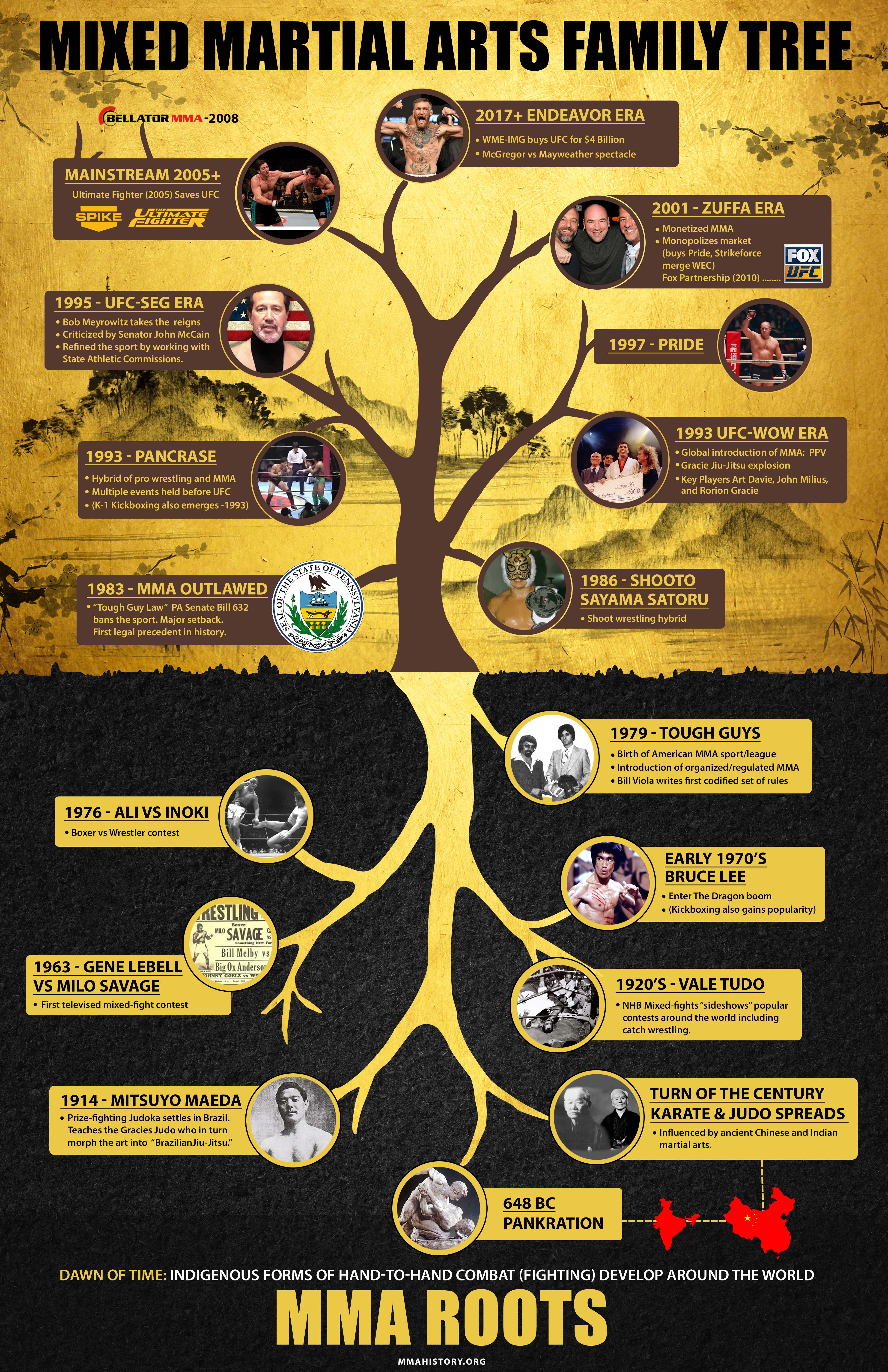The Advancement And Historic Value Of Martial Arts Across Various Cultures
The Advancement And Historic Value Of Martial Arts Across Various Cultures
Blog Article
Material Develop By-Winkler Matthews
Martial arts have an interesting background that spans centuries and continents. You might locate it intriguing just how old practices like Shuai Jiao and Kalaripayattu prepared for contemporary fight strategies. These disciplines not just stress physical skills but likewise show the cultures that birthed them. As you discover their development, think about how globalization has actually transformed these standard forms into crossbreed styles. What influences do you think have shaped today's martial arts landscape?
Ancient Martial arts: The Structures of Fight
As you explore the world of old martial arts, you'll uncover the rich foundations that formed fight strategies throughout cultures. Very early practices focused on Self-Defense and survival, typically integrating strikes, grappling, and weaponry.
In old China, for instance, methods like Shuai Jiao stressed throws and joint locks, while India's Kalaripayattu showcased agility and fluid motion. Japanese samurai developed Kenjutsu, a refined swordsmanship that highlighted self-control and method.
These martial arts served not just for fight however also as a way of individual growth, instilling worths like respect and willpower. The blending of these techniques in time prepared for the varied martial arts you see today, each mirroring the distinct ideologies and needs of its society.
The Cultural Influence on Martial Arts Advancement
While martial arts typically reflect the functional needs of a culture, they additionally embody the social worths and beliefs of their origins. When you discover different martial arts, you'll observe just how they're influenced by faith, philosophy, and social standards.
For instance, the emphasis on respect and technique in Japanese martial arts originates from Zen Buddhism and samurai culture. In contrast, Brazilian Jiu-Jitsu advertises flexibility and technique, formed by the need for effectiveness in a varied, multicultural atmosphere.
You could find that the routines, attires, and training techniques show a community's history and identity. By recognizing these social impacts, you strengthen your appreciation of martial arts and their role fit human experiences around the world.
Modern Adaptations and the Globalization of Martial arts
Martial arts have changed substantially in recent years, adjusting to contemporary culture and international impacts. click the up coming webpage 'll notice that conventional kinds have blended with contemporary techniques, producing hybrid styles like mixed martial arts. These adaptations cater to varied target markets, making martial arts easily accessible and attractive worldwide.
With the increase of social networks and electronic systems, you can find tutorials and competitions from all corners of the globe, breaking geographical barriers. This globalization has actually led to a shared recognition for numerous techniques, from Brazilian Jiu-Jitsu to Taekwondo.
As you involve with these arts, you'll understand they're not nearly fight; they advertise fitness, discipline, and mental health.
Inevitably, contemporary adjustments have enhanced the martial arts landscape, making it a vibrant and developing practice.
Verdict
In exploring the background and advancement of martial arts, you reveal an interesting mix of methods, societies, and viewpoints. From ancient disciplines like Shuai Jiao and Kalaripayattu to the contemporary versatility seen in mixed martial arts, martial arts reflect humanity's quest for Self-Defense and individual development. As https://self-defense-tips-every-w94836.blogscribble.com/35597369/from-white-belt-to-black-belt-the-change-of-personal-defense-courses involve with these practices, you not only gain abilities yet also a deeper appreciation for the diverse practices that form our world today. So, continue your journey and embrace the art of fight!
